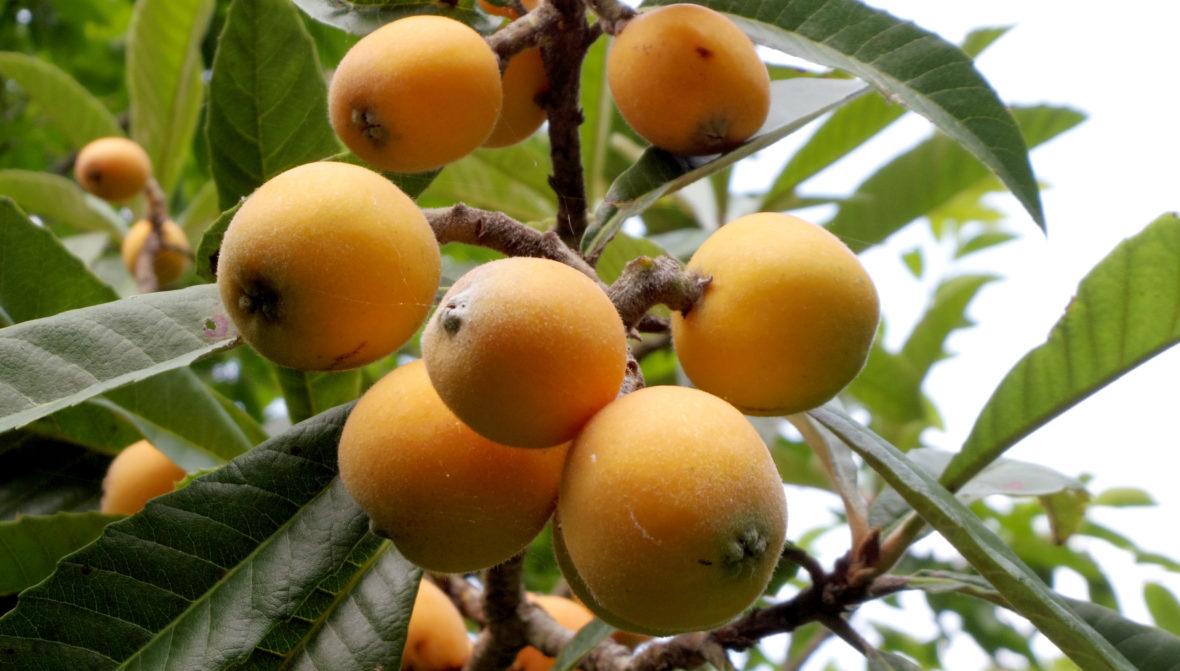The loquat is a species of flowering plant in the family Rosaceae, a native to the cooler hill regions of China to south-central China. The fruit is also common in Japan, Korea, the hilly regions of India, northern areas of Pakistan and northern parts of the Philippines. Take a look below for 25 more interesting and fascinating facts about loquat.
1. Loquat is a large evergreen shrub or tree, grown commercially for its yellow fruit, and also cultivated as an ornamental plant.
2. The loquat tree can grow to between 5 and 10 meters, or 16 and 33 feet, tall, but it’s often smaller, at about 3 to 4 meters, or 10 to 13 feet.
3. The loquat fruit begins to ripen during spring to summer depending on the temperature of the area.
4. The leaves of the loquat tree are alternate, simple, 10 to 25 centimeters, or 4 to 10 inches, long, dark green, tough and leathery in texture.
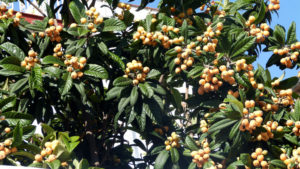
5. Loquats are unusual among fruit trees in that the flowers appear in the autumn or early winter, and the fruits are ripe at any time from early spring to early summer.
6. Loquat flowers are 2 centimeters, or 1 inch, in diameter, white, with five petals and are produced in stiff panicles of 3 to 10 flowers.
7. Loquats grow in clusters, are oval, rounded or pear shape, 3 to 5 centimeters, or 1 to 2 inches, long, with a smooth or downy, yellow or orange, sometimes red-blushed skin.
8. Loquats are sweetest when soft and orange. The flavor is a mixture of peach, citrus and mild mango.
9. The loquat is originally from China where related species can be found growing in the wild.
10. The Chinese name for loquat is “pipa”.
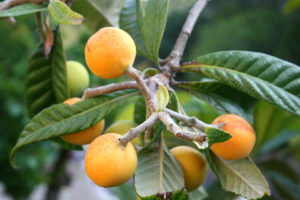
11. The fruit was introduced into Japan and became naturalized there in very early times. Loquat has been cultivated in Japan for over 1,000 years.
12. Chinese immigrants are presumed to have carried the loquat to Hawaii.
13. Loquat has often been mentioned in ancient Chinese literature, such as the poems of Li Bai.
14. The fruit propagates through seed and grafting. The plant starts to produce fruit 8 to 10 years after planting.
15. It’s a rich source of dietary fibers, vitamin A, B6 and B9 and minerals such as potassium, iron and copper.
16. Loquat has a soft texture and it’s said to taste like apple, even though it’s not crispy. It can also be consumed fresh or in the forms of pies, jellies, jams, marmalades and syrups.
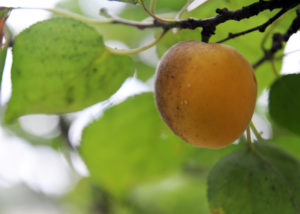
17. Loquat is used for the manufacture of plum wine, while dried leaves of loquat can be used for the preparation of herbal tea.
18. Unlike the fruit, loquat seeds contain cyanogenic glycosides, which is a group of toxic compounds, that can induce milk intoxication after consumption.
19. In traditional Chinese medicine, loquat is used in treating digestive and respiratory disorders.
20. Loquat is a perennial plant that can survive for more than 50 years in the wild.
21. The name “loquat” derives from “lou gwat”, which is Cantonese for “black orange.” The phrase black orange originally referred to unripened kumquats, which are dark green in color but the name was mistaken as the loquat by the ancient Chinese poet Su Shi.
22. In Armenian, loquats are called “Nor Ashkhar” which means “New World” because it ushers in spring.
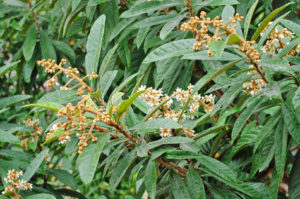
23. Loquat syrup is used in Chinese medicine for soothing the throat and is a popular ingredient for cough drops.
24. In Japan, loquat leaves are dried to make a mild beverage known as “biwa cha” by brewing them using the traditional Japanese method. Biwa cha is said to beautify skin and heal inflammatory skin conditions.
25. In Italy, nespolino liqueur is made from loquat seeds.

